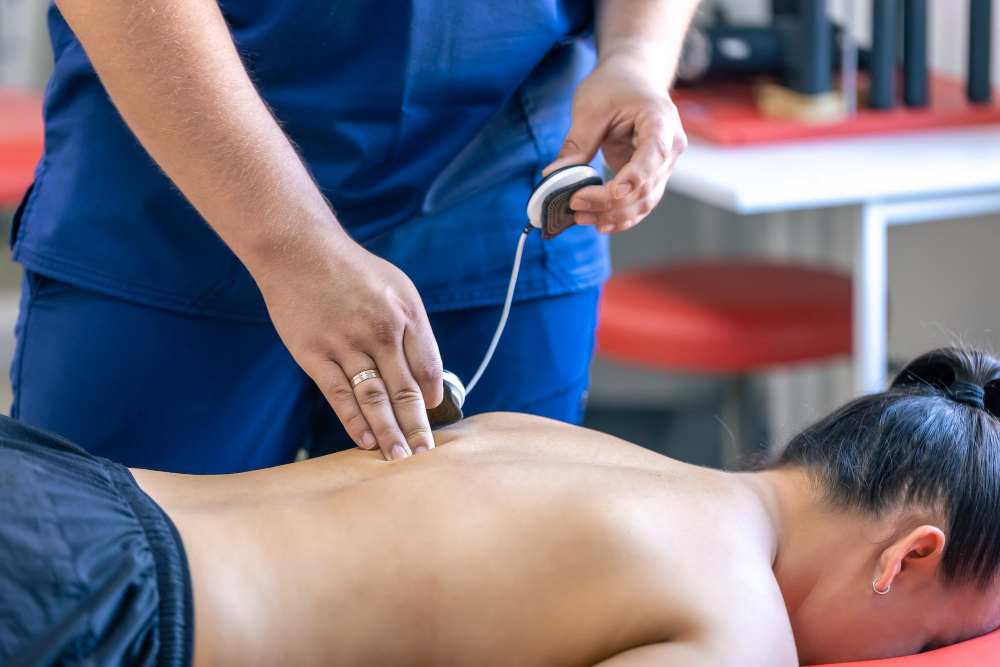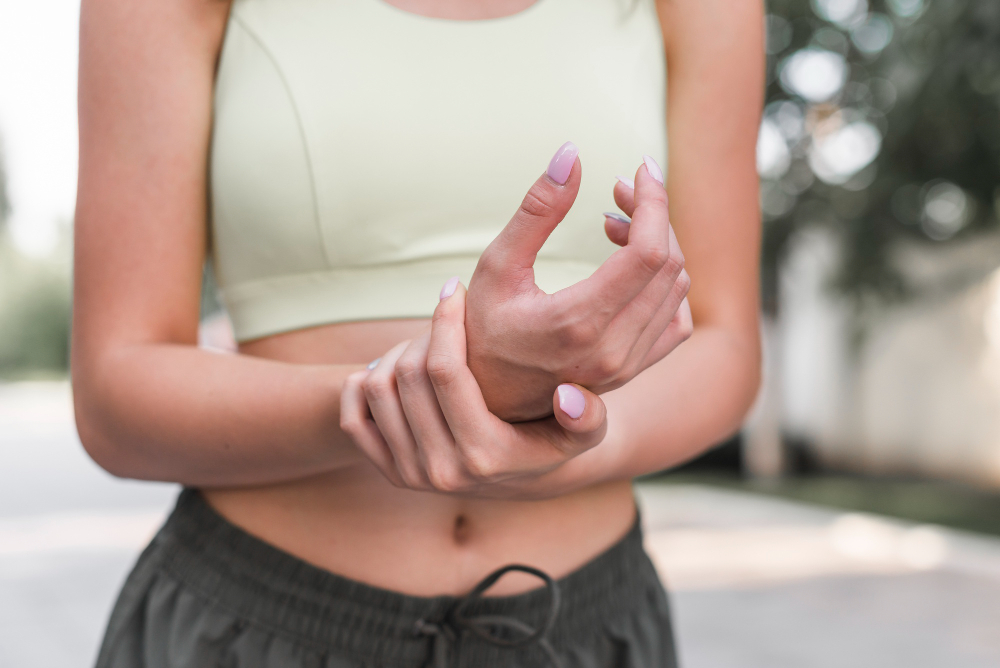When in pain, the first thing we want to do is try to ease it ourselves before seeking medical assistance. Often, we will use either heat or cold therapy to reduce pain, but what is the difference between them, and are there times when you should choose one over the other?
Heat Therapy
Heat Therapy is the act of applying heat to an injury. Applying heat to an inflamed area can reduce the pain, as heat dilates blood vessels, promotes blood flow and helps to relax sore muscles.
Different types of Heat Therapy
Conducted Heat Therapy: Conducted Heat Therapy is another word for ‘dry heat’ treatments. It includes remedies such as dry heat packs, saunas and heating pads. This heat is easy to apply, but you may have to use these remedies for quite a long period of time to feel the results.
Convected Heat Therapy: Convected heat therapy includes moist heat treatments such as hot baths, moist heating packs or steamed towels. Depending on the injury, convection heat therapy may be a more effective treatment, because it can take a shorter amount of time to feel the same results.
When to use Heat Therapy
Heat therapy is an effective treatment for chronic muscle pains or sore joints, and is usually a popular choice for treating older injuries. It is useful for relieving:
- Osteoarthritis
- Strains and sprains
- Tendonitis or chronic stiffness of the tendons
- Back and neck pain
- Warming stiff muscles before an activity or exercise
A 2006 study found that continuous low level heat wrap therapy, such as the heat pads that you can purchase at the supermarket or online, can reduce pain intensity and deficits in self-reported physical function 24 hours postexercise by 47%.
Most of the time heat therapy is more beneficial when used for a long time, as opposed to cold therapy, which needs to be limited. Minor pain can usually be relieved with only 15 – 20 minutes of heat therapy. If the pain is more severe, however, it might be beneficial to undergo longer sessions of heat therapy, like a warm bath. These long sessions can last anywhere between 30 minutes to two hours.
When not to use Heat Therapy
Although heat therapy is an effective treatment for a wide range of injuries, there are times when heat therapy shouldn’t be used. You could risk burning yourself or injuring yourself further in these instances:
- When the skin is already hot or inflamed
- If the area is swollen or bruised
- The person suffers from dermatitis or there is an open wound on the area of injury
- The area is numb
- The person is insensitive to heat. This can be caused by peripheral neuropathy or similar conditions
- The individual suffers from deep vein thrombosis
Cold Therapy
Cold Therapy reduces blood flow to the injured area, slowing the inflammation rate and reducing swelling and bruising. Cold temperatures can also act as a numbing agent, numbing the sore tissues and slowing down the pain signals from the brain. Cold therapy is most effective within 48 hours of the injury, so it is a good idea to use ice or other cold treatment methods as soon as possible after hurting yourself.
Types of Cold Therapy
Immersive therapy: Immersing and soaking the affected area in cold (not freezing) water
Ice massage: Massaging the area with an ice cube or ice pack in a circular motion. This should be done for a maximum of 5 minutes to avoid ice burn, and should be repeated 2-5 times a day
Compressed: A cold compress, wrapped in a light towel, applied to the area for a maximum of 20 minutes. This should be repeated every 4-6 hours for 3 days
When to use Cold Therapy
Cold therapy can be an effective treatment for a number of different maladies, including:
- A recent injury
- Osteoarthritis
- Gout
- Strains
- Tendonitis
When treating a recent injury, a popular cold therapy method is the RICE method. RICE stands for Rest, Ice, Compress, Elevate. It is a simple, 4-step first-aid method that can be completed at home. It is commonly used to treat sports injuries, as it is an easy way to ease pain and prevent swelling.
When not to use Cold Therapy
There are certain instances where it is not advisable to use cold therapy. These include:
- Where there is a risk of cramping – cold temperatures can make this worse
- When the individual is already cold
- When the area is numb
- If an open wound or blistered skin is present in the area of injury
- When the individual has a vascular disease or injury in which the blood flow is affected by a nerve disorder
- If the person is hypersensitive to the cold
It is important to remember to wrap the ice pack in a towel and to keep it on the skin for a limited time to avoid frostbite.
Combination Therapy
Combination therapy is the combination of both cold and heat therapy to treat an injury.
When cold temperatures are applied to the body, the blood vessels contract and reduce circulation.
When the cold is removed, vasodilation occurs as the veins expand to overcompensate for this reduced blood flow. As the blood vessels expand, circulation improves and the flow of blood brings nutrients which helps to heal the injured tissues.
Alternating cold and heat therapy can be useful to treat osteoarthritis or an exercise induced injury (DOMs).
As the lifetime of an injury progresses, it is common to switch between cold and heat therapies. When the injury is fresh, cold therapy is a better option, whereas as the injury gets older, heat therapy is better suited to soothe the pain.
If the injury isn’t getting any better
If the injury is serious or persistent, it is important to seek advice from a medical professional. Once the injury is healed, it may be worth having osteopathy to help rebuild the strength and prevent it from happening again. If you are interested in having osteopathy, please contact us and a member of our team will be happy to help.





